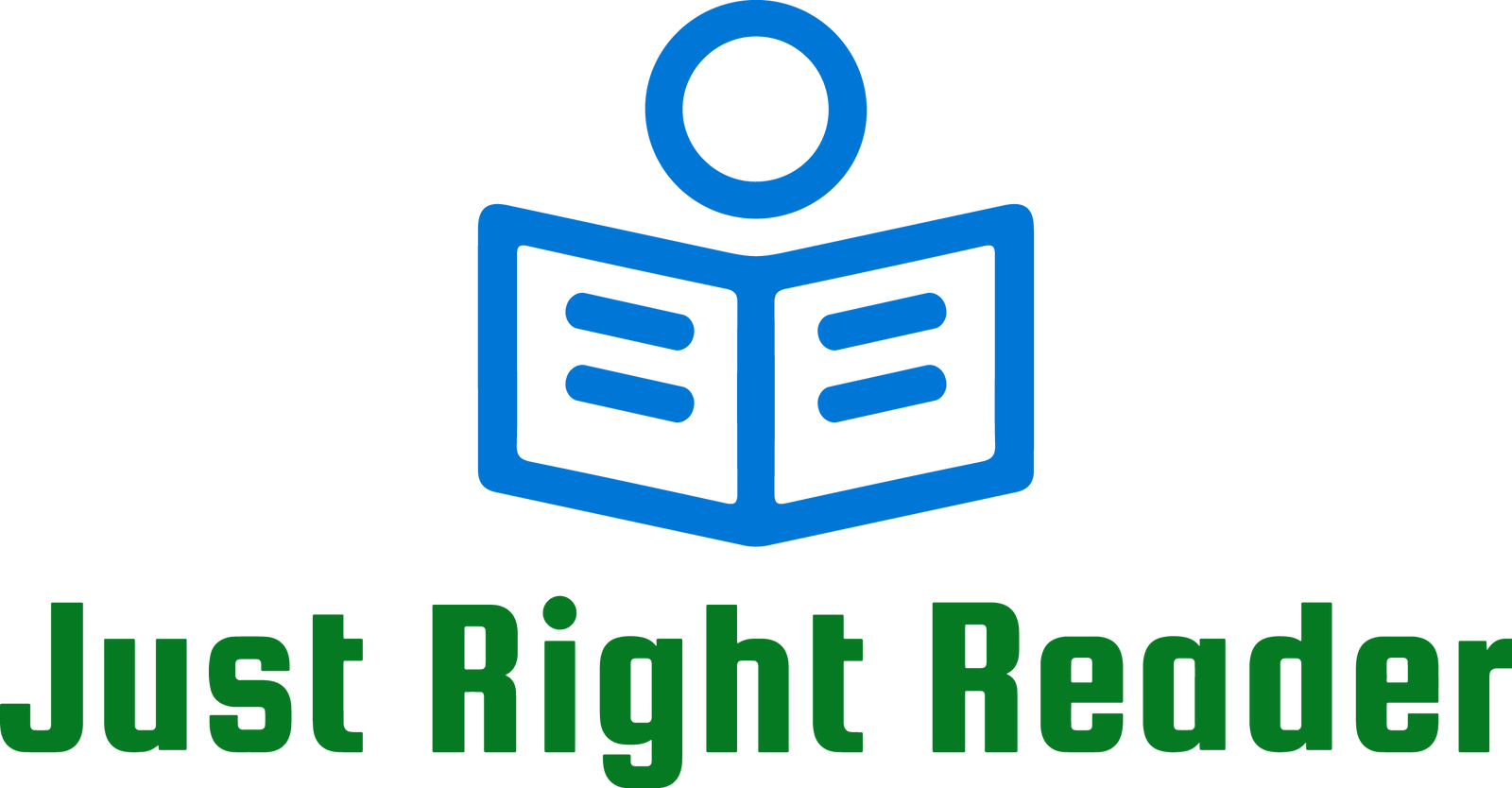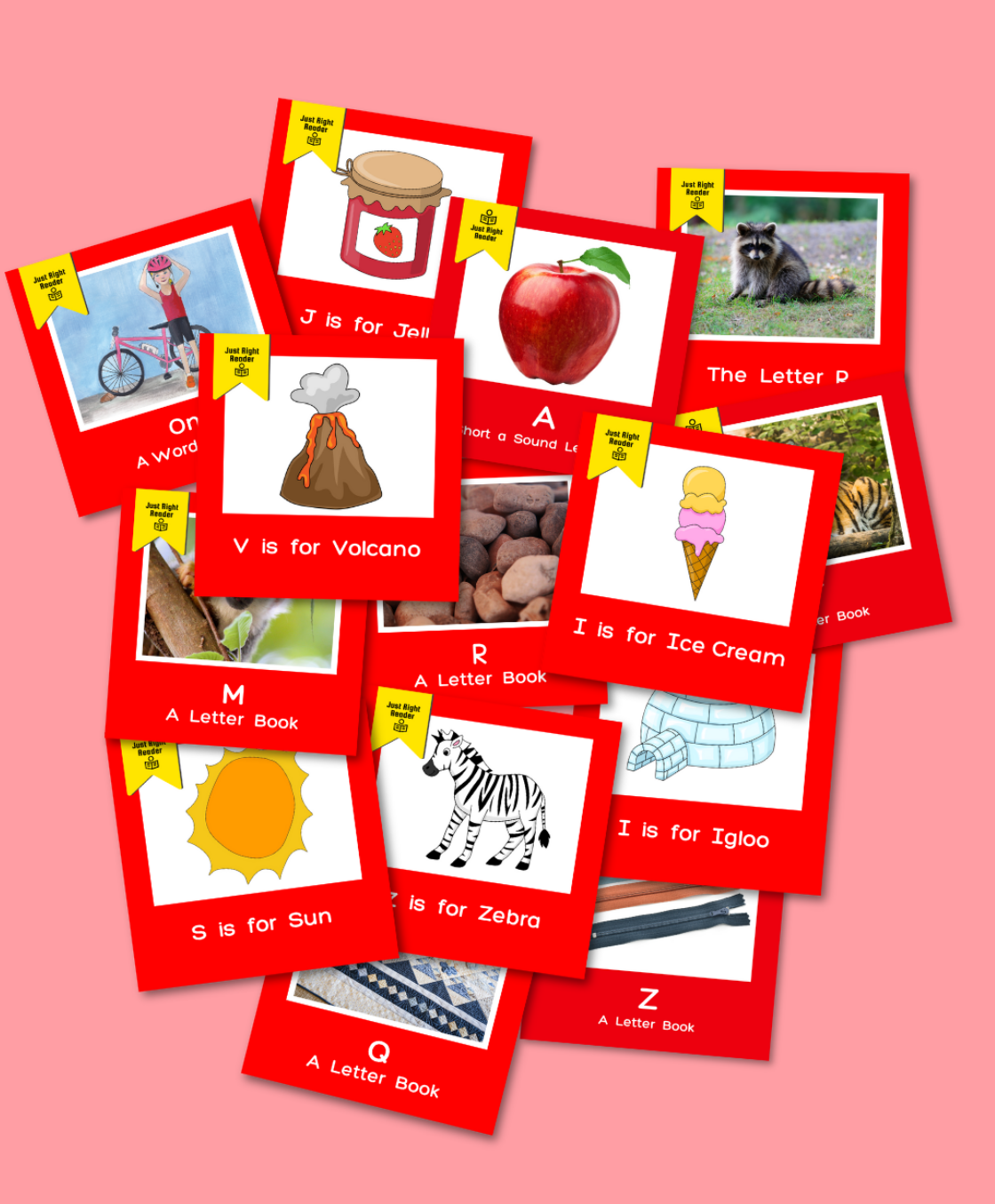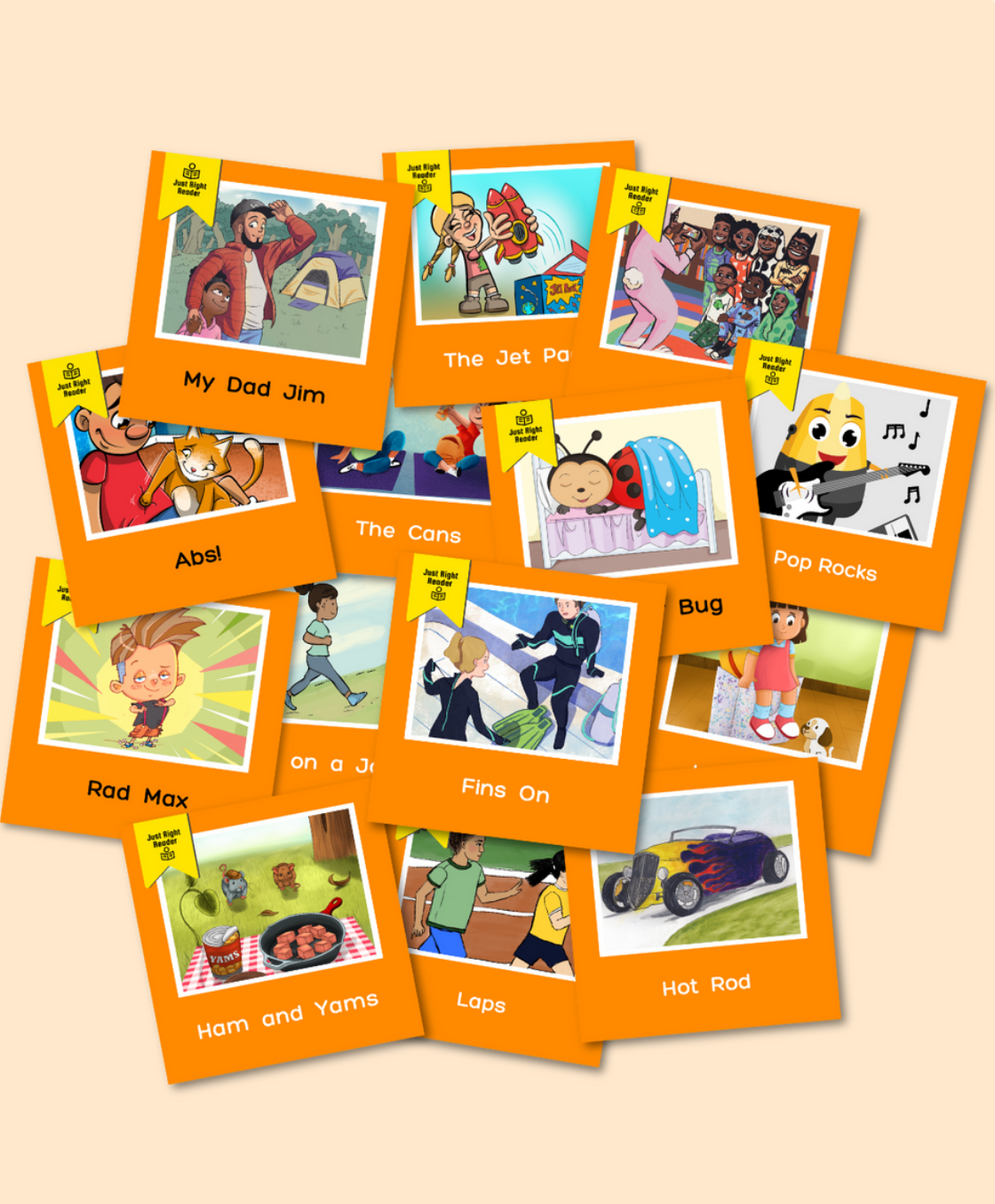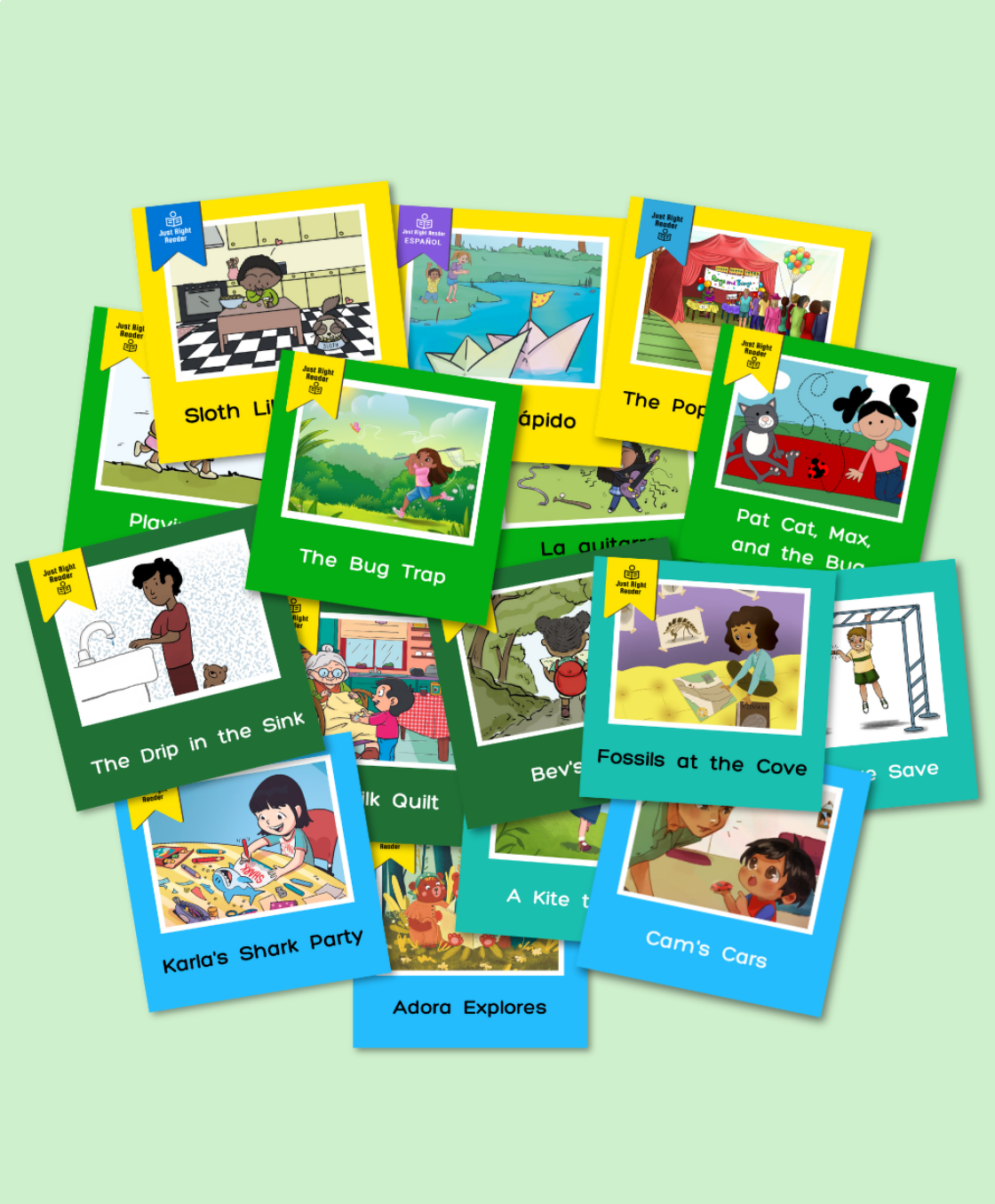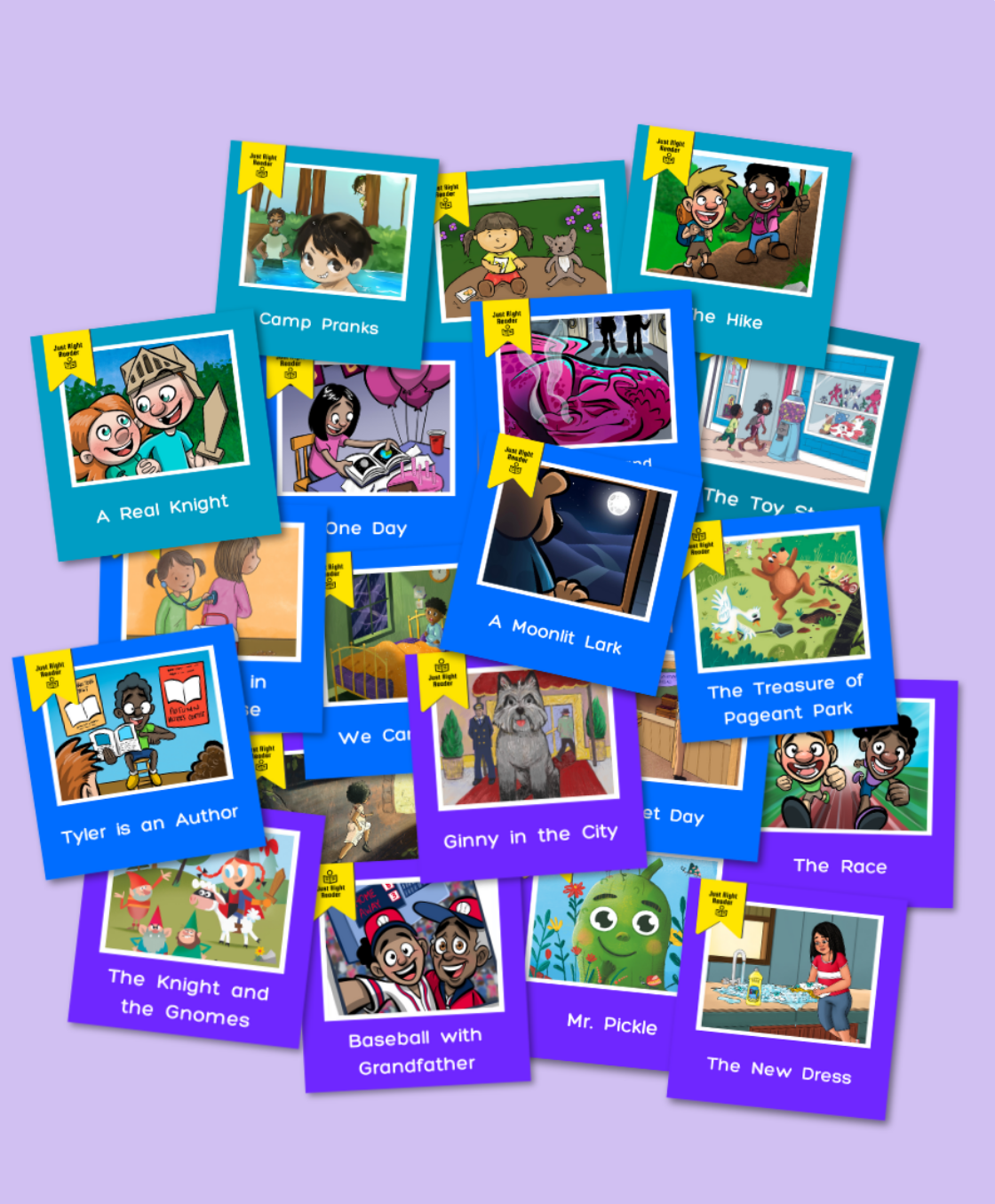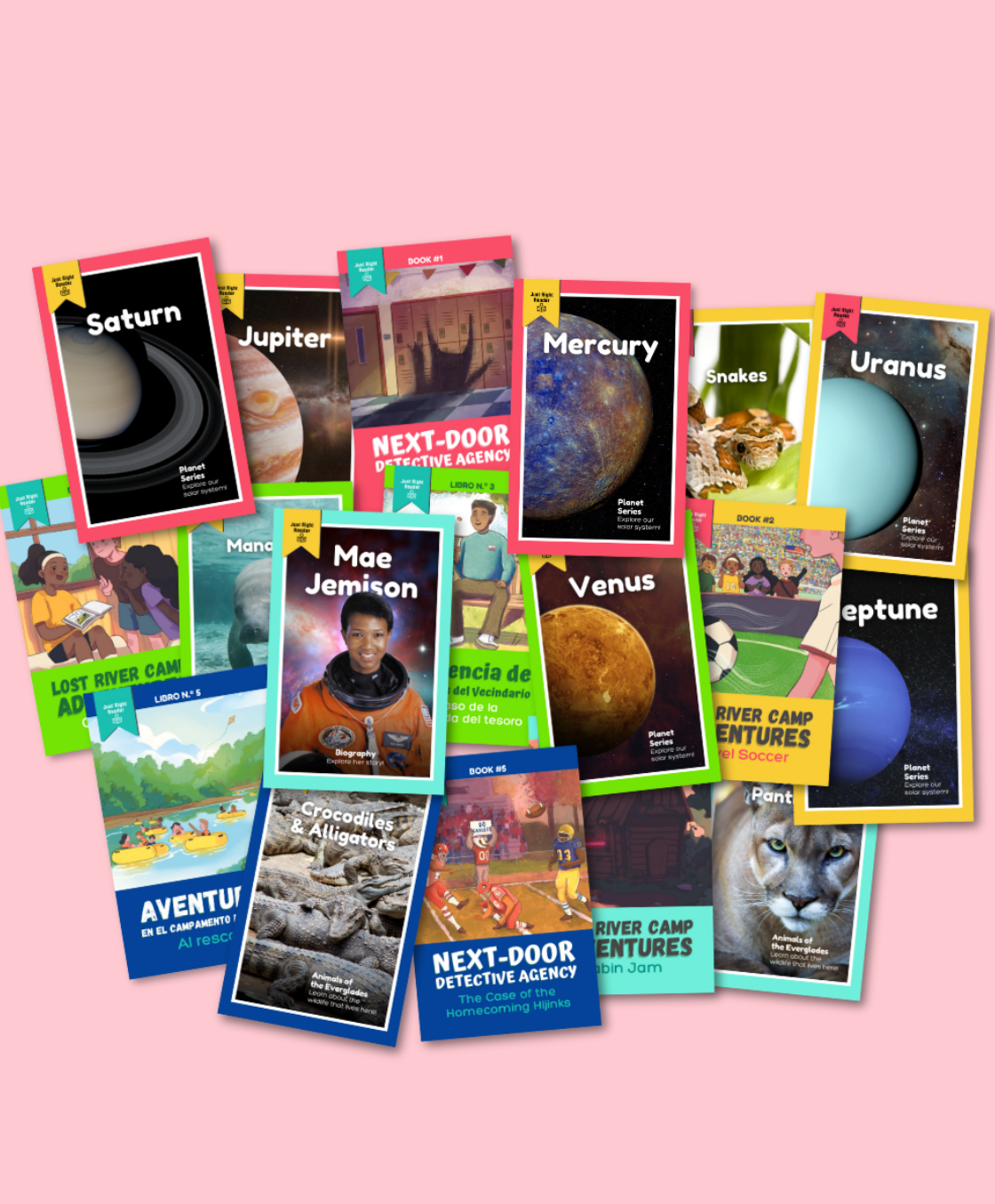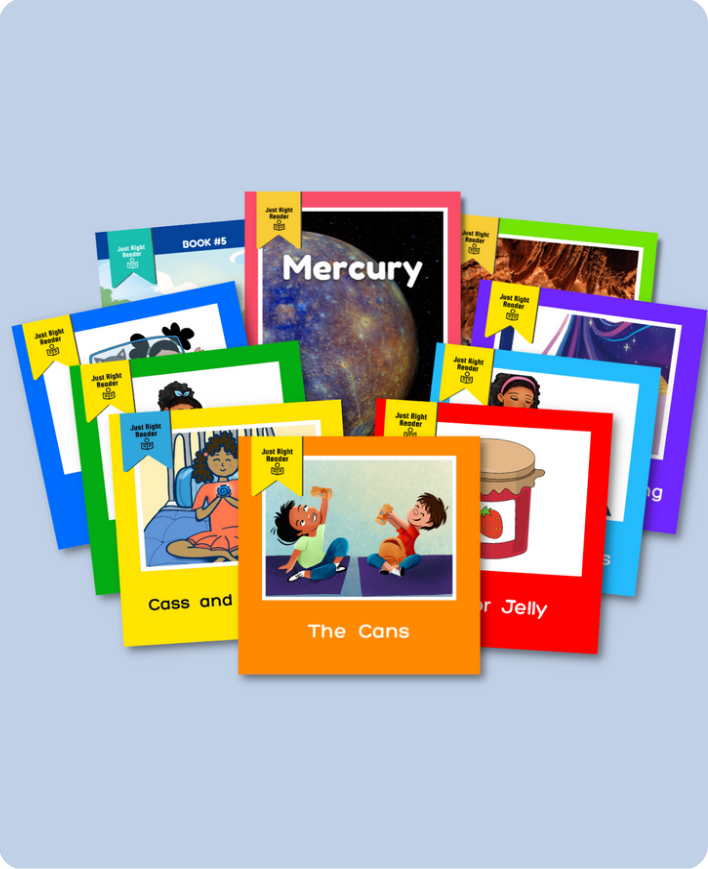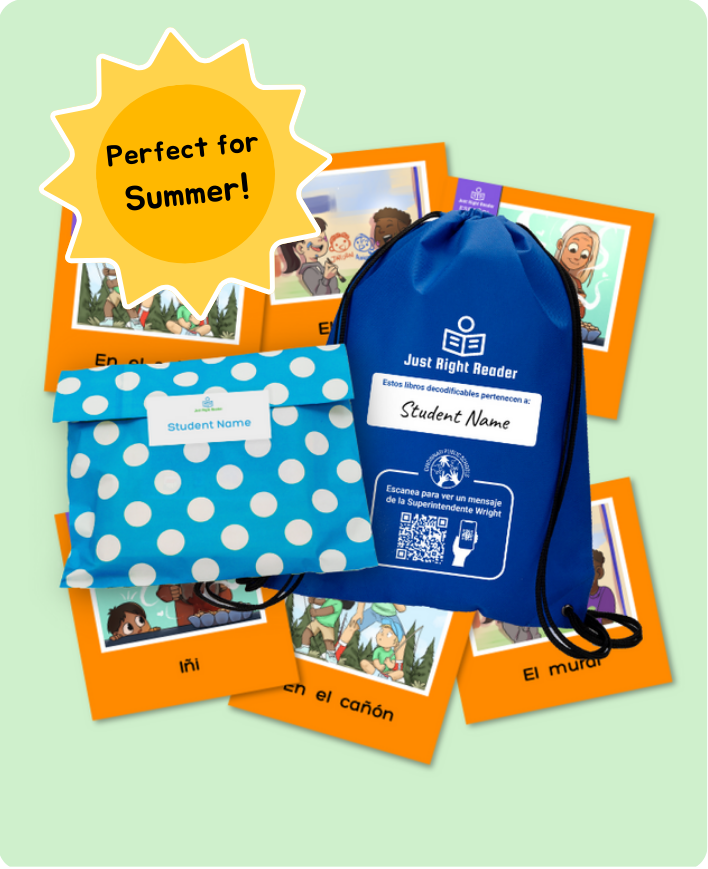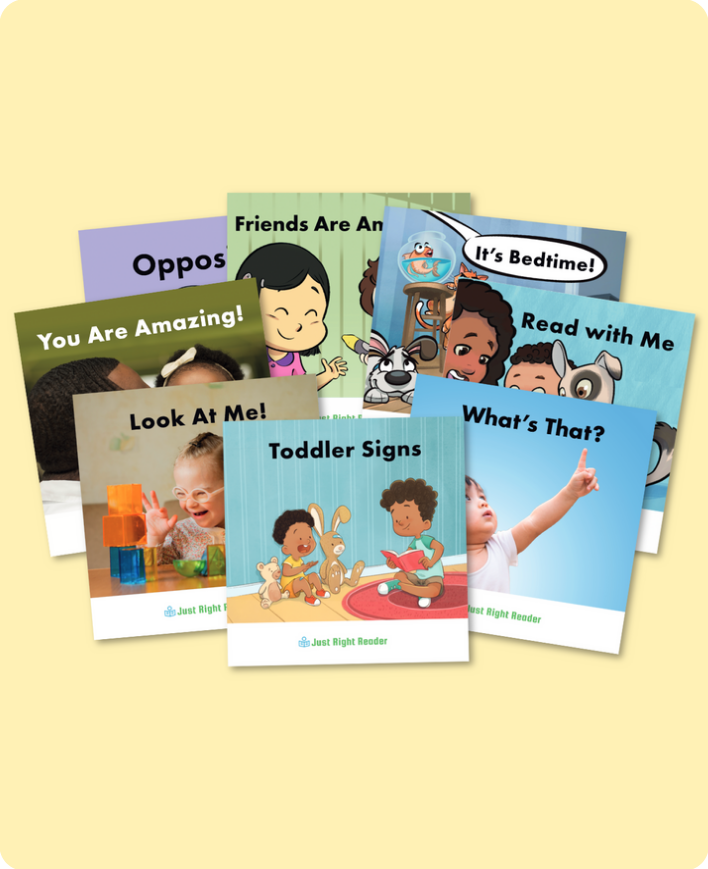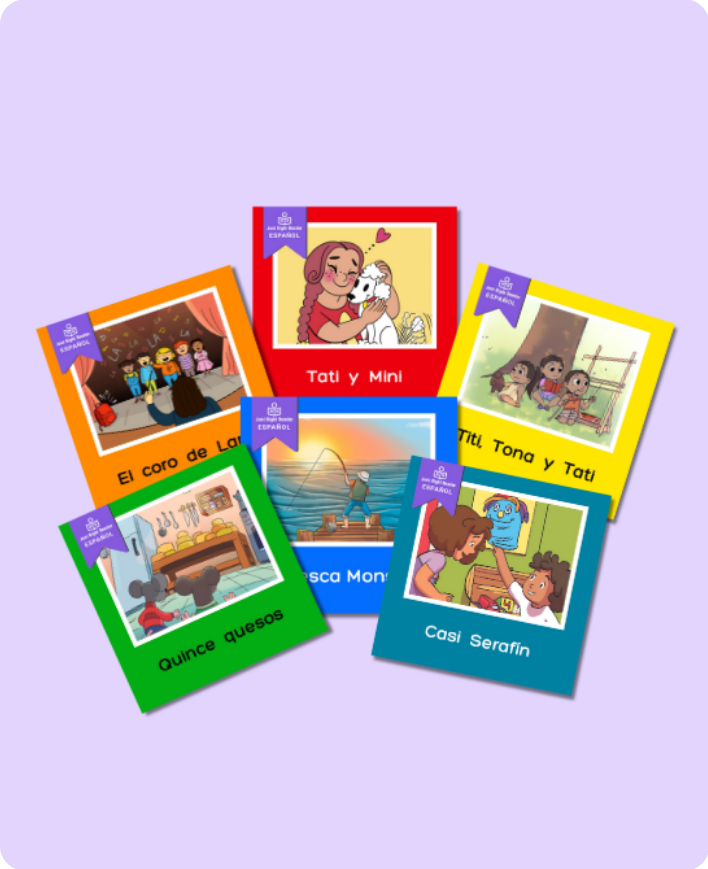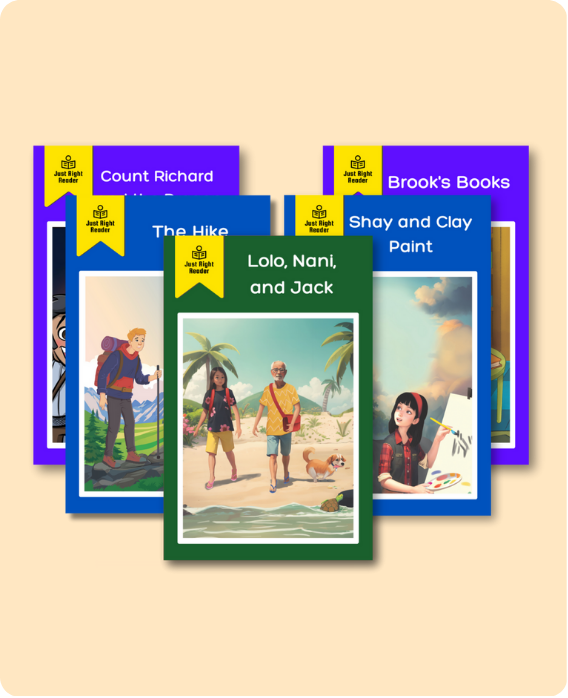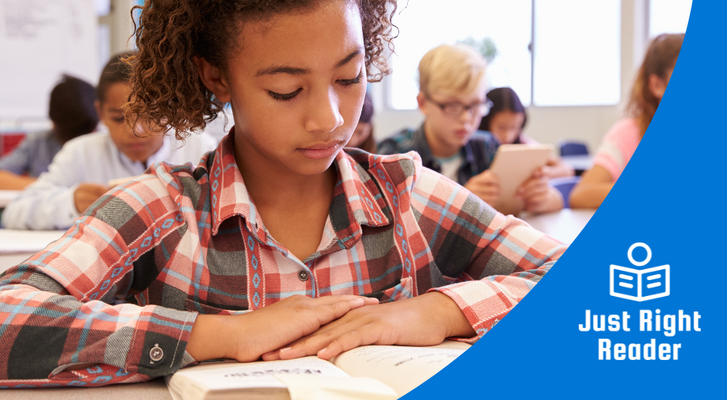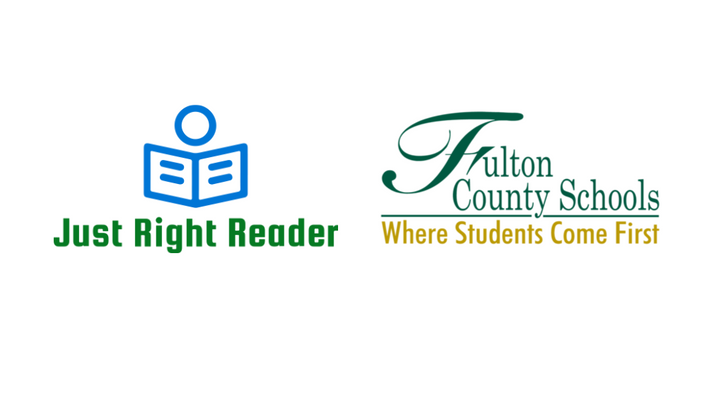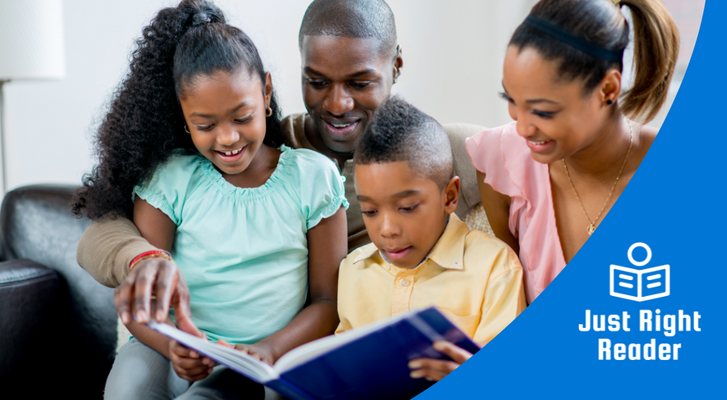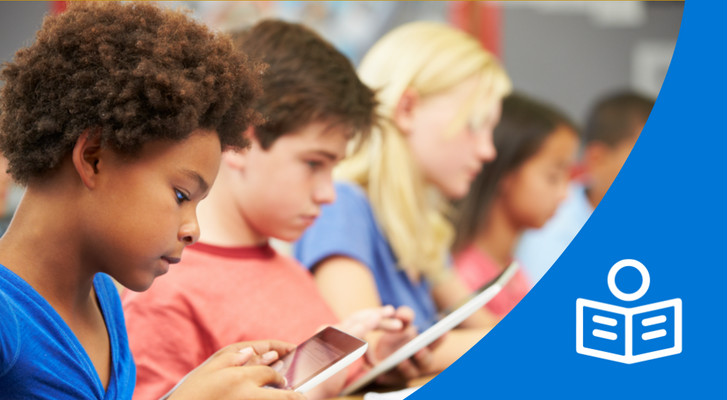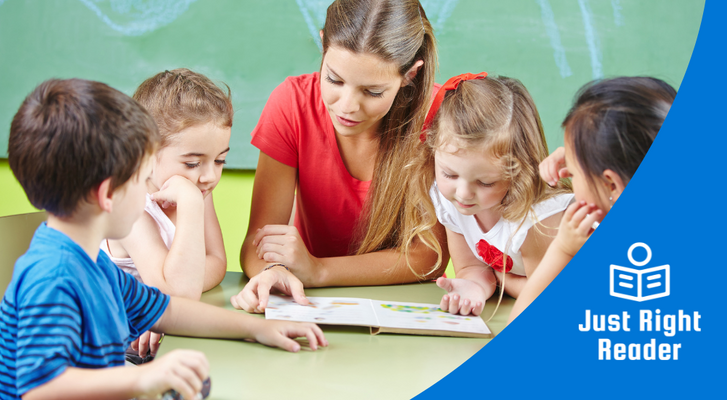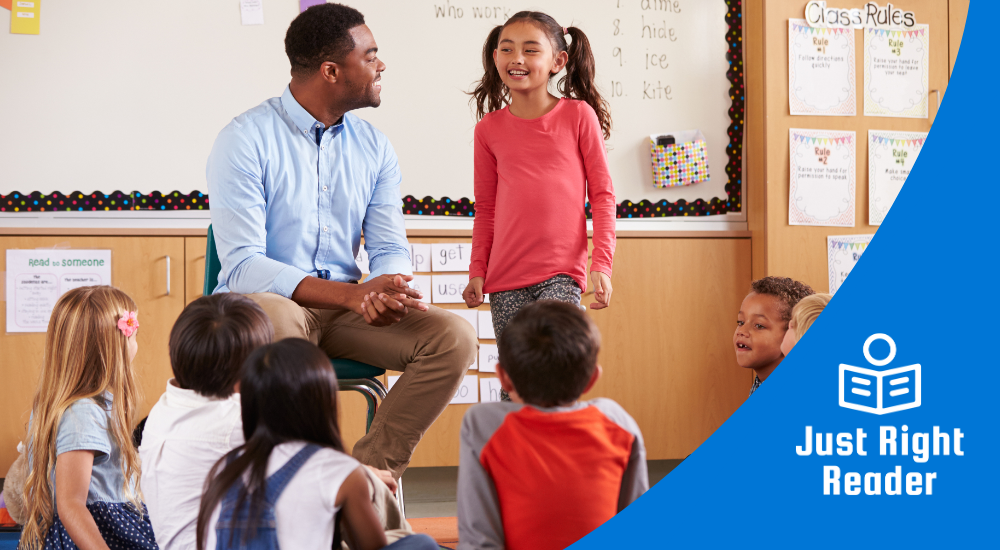
It is common for educators to have students who become very hesitant to read or participate in literacy instruction. These students might face difficulties with literacy skills, lack confidence, or haven't found reading materials that spark their interest.
To effectively support reluctant readers, it's crucial to understand their reluctance and implement specific strategies to support their reading development.
Understanding Reluctant Readers

Reluctant readers are not always students who are not proficient readers but rather those who choose not to due to various reasons such as difficulty comprehending text, lack of interest in topics, or previous negative experiences with reading.
Identifying the specific barriers these students face is crucial for implementing effective interventions.
In addition to using reading assessment data, teachers can uncover the reasons behind a student's reluctance to read by observing their interactions with reading materials and engaging in open conversations about their feelings towards reading. Gathering insights from parents and discussing the student's interests can also help identify specific obstacles and tailor reading approaches that spark greater interest.
5 Effective Strategies for Engaging Reluctant Readers
1. Offer Choice and Variety
Allowing students to choose reading materials can significantly boost engagement. For instance, a student who is interested in sports may be more inclined to read a biography of their favorite athlete. Providing choice increases students' intrinsic motivation to read and overall reading activity (Guthrie & Wigfield, 2000).
Ensure your classroom library includes a wide variety of reading materials and genres, from poetry to graphic novels and magazines to nonfiction books.
2. Incorporate Technology

Integrating digital tools and resources can help capture the interest of students who are hesitant about traditional reading.
Technology such as audiobooks and interactive e-books has been shown to enhance engagement for some students, allowing them to experience reading in a new way. As with any resource or tool, finding a balance between digital and print books is important.
3. Use Multisensory Approaches
Using multiple senses can enhance learning for students who find traditional reading challenging. This approach makes reading more fun and easier to understand, and helps students remember what they read. Activities that include touch, sight, and sound elements make reading more interesting and memorable.
Some studies reveal that multisensory techniques can enhance comprehension and retention (Sadoski & Paivio, 2001).
Our blog post, 8 Strategies for Multisensory Learning, explore the benefits of multisensory learning and practical tips for using it in the classroom.
4. Build on Background Knowledge
Background knowledge significantly affects reading comprehension. Enhance understanding and engagement by building connections between new information and what students already know. Literacy experts have found that students with extensive background knowledge are better equipped to handle complex texts and discussions (Marzano, 2004).
Our blog post,5 Strategies to Build Background Knowledge, provides actionable strategies to use to build background knowledge.
5. Develop Social Reading Opportunities
Creating social interactions around reading can motivate hesitant readers. Collaborative discussions and reading groups encourage students to share ideas and engage more deeply with texts. Consider book clubs or paired reading sessions that provide supportive environments that foster a positive reading culture (Fisher et al., 2009).
Tips for Implementing These Strategies

- Regularly rotate the selections in your reading areas to maintain interest and introduce new topics. Create a schedule for rotating books, ensuring that students get a chance to explore different genres and topics.
- Encourage students to participate in setting up displays or choosing books to add, which can increase their investment in reading.
- Consider setting aside time each week for students to explore digital reading resources or engage in group activities that make reading a shared and enjoyable experience.
By diligently implementing these strategies, educators can truly transform the reading experiences of reluctant readers, turning reading into a positive and engaging part of their daily lives. These approaches not only support literacy development but also have the potential to cultivate a lifelong love of reading.
Engage Students with Just Right Reader Decodable Books
Developed with leading literacy experts, our Classroom Libraries and Take-Everywhere Decodable Packs are the perfect supplement to structured phonics instruction.

Our Science of Reading Decodables feature:
- An extensive library of 750+ titles in English and Spanish
- Engaging and relatable stories with relatable characters and vibrant illustrations that motivate students to keep reading
- Research-based, rigorous phonics scope and sequence that aligns to all phonics programs and curriculums
- QR codes that link to memorable video lessons in English and Spanish
- PersonalizedTake-Everywhere Decodable Packs that extend phonics practice from school into homes
References
Fisher, D., Frey, N., & Lapp, D. (2009). In a Reading State of Mind: Brain Research, Teacher Modeling, and Comprehension Instruction [Book]. International Reading Association.
Guthrie, J. T., & Wigfield, A. (2000). Engagement and motivation in reading. In M. L. Kamil, P. B. Mosenthal, P. D. Pearson, & R. Barr (Eds.), Handbook of Reading Research (Vol. III, pp. 403-422). Erlbaum.
Larson, L. C. (2009). Reader response meets technology in the secondary school classroom. Journal of Adolescent & Adult Literacy, 53(3), 255-258.
Marzano, R. J. (2004). Building Background Knowledge for Academic Achievement. ASCD.
Sadoski, M., & Paivio, A. (2001). Imagery and Text: A Dual Coding Theory of Reading and Writing. Lawrence Erlbaum Associates.
